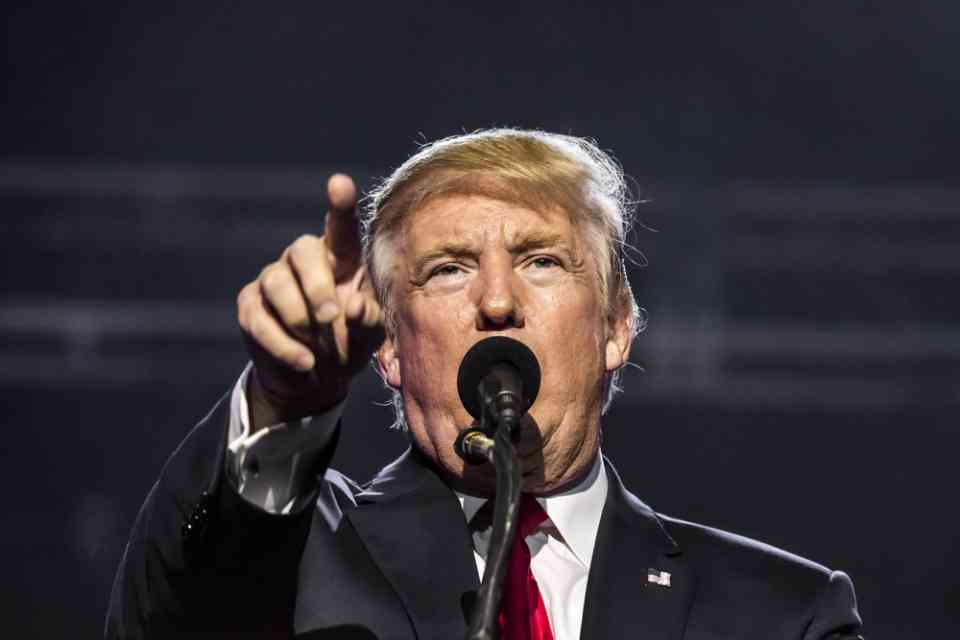In a significant step for the remote Highland community near Ullapool, Ross, and Cromarty, the 8,000-acre Badentarbat Estate has been transferred to local ownership, marking a transformative moment for the area. Wealthy financier and philanthropist Ian Wace, owner of the estate, contributed $2.26 million to facilitate the transfer, enabling the Coigach Community Development Company (CCDC) to assume ownership.
Following the formal acquisition, CCDC expressed a sense of empowerment, noting that the landmark move grants the community control over their future. The estate, known as an inspiration for the 1970s horror classic The Wicker Man, covers a substantial part of the Coigach peninsula, housing around 70 crofts. Additionally, Wace’s company, Summer Isles Enterprises (SIE), purchased an adjoining 1,100 acres that includes Achnahaird beach and four small islands.
Earlier this year, reports described Wace’s intention to gift the estate to the community as a profound act of generosity. CCDC’s CEO, Laura Hamlet, acknowledged that the community had gained control of a “substantial portion of land” thanks to Wace’s support. Hamlet emphasized the responsibility that comes with this transfer, adding that CCDC, as a new Crofting Landlord, is committed to addressing the needs of tenant crofters. She called the acquisition a historic moment, providing residents the chance to shape Coigach’s future independently.
The transfer process began with a community vote in June, where residents endorsed Wace’s offer. They subsequently collaborated with his team at SIE to finalize an arrangement that best serves local interests. The official transaction took place on October 21.
Wace, who previously acquired Tanera Mòr, the largest of the Summer Isles, in 2017, has invested significantly in local projects. His spokesperson indicated that Wace’s intention was to make a meaningful contribution to the Coigach community, noting that government grants for such buyouts exist but can be challenging to obtain. Wace’s intervention accelerated the process, allowing the community immediate access to the land.
Adam Blaker, CEO of SIE, expressed satisfaction with the successful completion of the transfer, describing it as a step toward securing the crofted land’s future. He highlighted the potential for Wace’s donation to drive further regeneration efforts across Coigach, enhancing prospects for the community.
The estate, one of two main properties on the peninsula, had been owned by the same family for approximately 50 years, making the recent transfer a significant change in stewardship.
Have you read?
Best Fashion Schools.
Best Universities.
Best Medical Schools.
Best International High Schools.
Countries: Most Female Billionaires.
Add CEOWORLD magazine to your Google News feed.
Follow CEOWORLD magazine headlines on: Google News, LinkedIn, Twitter, and Facebook.
Copyright 2024 The CEOWORLD magazine. All rights reserved. This material (and any extract from it) must not be copied, redistributed or placed on any website, without CEOWORLD magazine’ prior written consent. For media queries, please contact: info@ceoworld.biz
CEOWORLD magazine – Latest – Special Reports –












